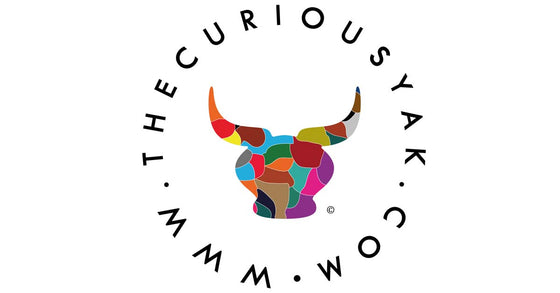
Textile Industry in Nepal
Even though Nepal is considered a ‘low income’, developing nation, its GDP is estimated to reach 31.30 billion USD by the end of 2020 and its textile industry is one area that appears to be thriving. In fact, the country exported garments to the tune of nearly $5 billion in 2018, where the export industry hit a 13-year high. Statistics indicate that in 2018, Nepal exported 12.2 million garments.
Can Nepal sustain its textile industry?
Even though businesses in Nepal are doing what they can to support factory workers, even amidst the ongoing global pandemic – the textile and weaving industry here may fall in jeopardy. A large factor is due to how younger generations see their own personal growth within their country. With the inescapable expanding use of social media platforms such as Instagram and Facebook it is understandable youngsters yearn for the dazzling lights of cosmopolitan cities.
It’s not uncommon to see Nepali youngsters on social media discussing ‘big plans’ of moving to developed countries. America, United Kingdom, Canada and Australia hold the top spots. They hope to make it big and live the life they have witnessed so many others achieve through the endless unfolding capabilities of the internet. You will never see a Ferrari or Lamborghini in Nepal.
Social media undoubtably has a part to play, as does the advent of the smartphone – but that’s a different topic altogether. The country's past politicians in general, haven’t done all that they could to give the young generation legitimate reasons to stay in their homeland and not transfer their talents to a foreign country which is a huge concern for the aging population. Nepal has a lot of offer, but its humble presence cannot compete with comparable Kardashian lifestyle aspirations.
The fact of the matter is, if this doesn’t change soon, the weaving and textile industry in Nepal will be under threat in the not so distant future. It’s a topic that’s often widely discussed among elders and adults who are genuinely concerned about the country’s wellbeing, as well as the textile industry. The latter is a major contributor to both the nation’s economy and an important part of its rich historical tapestry. The average age of a weaver at The Curious Yak is 47 years old and we work with a number of amazing people over the age of 70. One man we have known for over a decade has been walking the Himalayas for over 65 years. He collects cashmere and yak wool that has hooked on brambles from the animal’s head higher up the mountains. A marvelous way to enjoy nature, whilst holding off the boredom of retirement!

Baaji in his home 2019
Future outlook on the Nepalese textile industry
A number of outside factors have had a damaging affect in recent years. Not only did the earthquake of 2015 sadly kill 9,000 people and injure a further 22,000, it also devastated many of the buildings which house ancient looms and spindles.

Bhaktapur, Nepal. 10 days after the 2015 earthquake
In 2017 numbers of Nepalese farmers, mostly working high in mountainous regions that border China, reported forcible sales of property. Land that had been labored on by families for decades was slowly and assuredly being taken over by China. This not only allowed country borders to become somewhat blurred, but also took the production of some materials that had a rapidly growing interest (yak wool being the prime target), out of the hands of locals. Yak wool has taken the limelight in the textile world for a few years now. Its properties and similarity to cashmere was never going to go unnoticed by Chinese companies. The purchase of this land was crucial to fulfill the growing demand. Within weeks of this “switch” local families saw the price of Yak wool triple if indeed they could get it at all, most now being sent back to manufacturers in China.
We work extremely close with local people and understand supporting their families is an ongoing concern. We source all our materials directly from the weavers and the farmers. We will continue to grow and support wherever we can and thank our customers and stores for joining us in doing so.

From wraps, ponchos, scarves and shawls to homemade accessories and cashmere garments – we house a gorgeous collection of everyday casual wear, ethically sourced and always fair.
All images on this blog have been taken by us with permission of all involved. All images are protected under copyright are not to be used without written consent.
